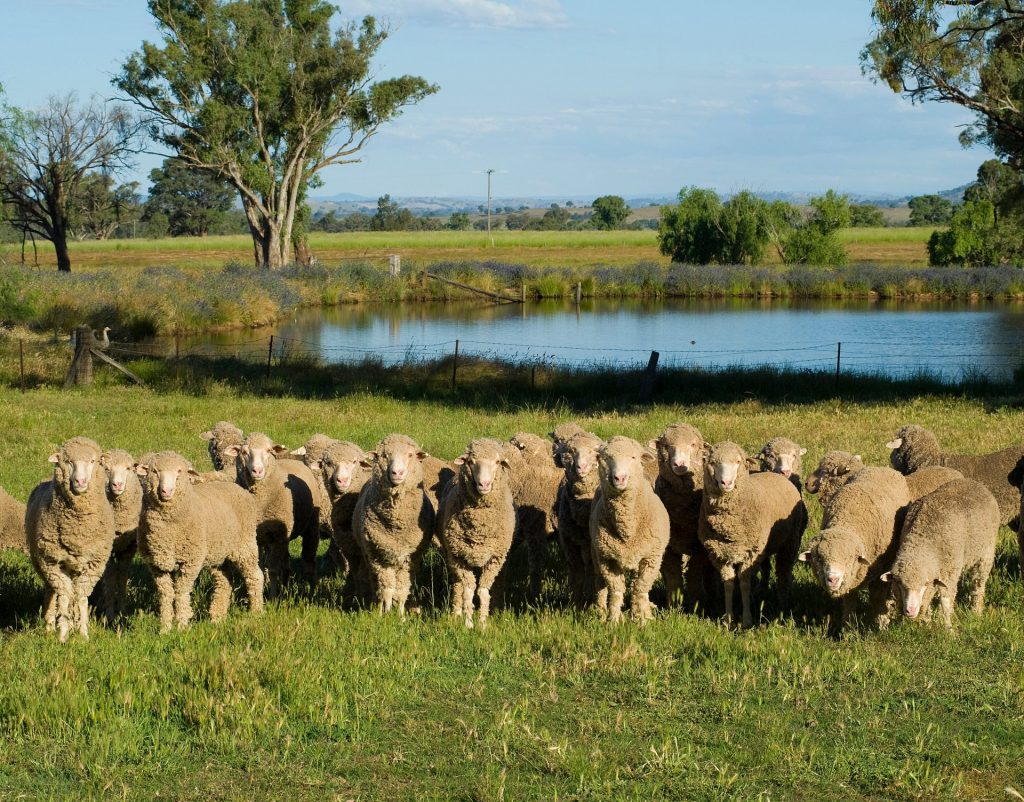The New Zealand Merino Company signs on to partner with Eco-index
The New Zealand Merino Company (NZM) is teaming up with the Eco-index programme to develop remote-sensing technology for quantifying native biodiversity on sheep farms.

The two parties recently signed a Memorandum of Understanding, agreeing to collaborate to improve understanding of biodiversity regeneration across NZM’s suppliers, while helping test Eco-index tools.
Eco-index is a national programme that is building new tools that will generate information to help protect, restore and connect our native ecosystems.

Co-lead Kiri Joy Wallace (University of Waikato) says “We’re excited that this partnership will help test our methods for improving understanding of native ecosystems on sheep farms across Aotearoa.
“With information on ecosystem type and extent we can provide guidance for land manager’s restoration efforts, including which ecosystems are most at risk and what the best bang-for-buck restoration options are.”
Kiri says they will also be able to tell land managers the cost of different biodiversity-friendly actions.
The New Zealand Merino Company (NZM) owns the ZQRX platform, which is a regenerative framework that helps farmers work positively with nature. ZQRX farms cover approximately 1.8 million hectares of land in Aotearoa.

NZM future farming manager Monica Schwass says “It’s hugely exciting to have a scaleable method for quanitfying biodiversity on sheep farms, and then to use this information to create a pathway for biodiversity investment on farm.”
The teams aim to ultimately utilise Artifical Intelligence to identify both passive and active ecosystem regeneration on farms.
Kiri says “We’re using machine learning to scan satellite imagery and tell us how much land is regenerating back to native ecosystems. This will give us accurate information about the state of the biodiversity, which is exactly what decision-makers need.”
Monica says “As well as supporting decisions to improve biodiversity, the tool can provide evidence to our consumers about the positive impact our wool growers are having on their land.”
Stacey Bryan
September 2022